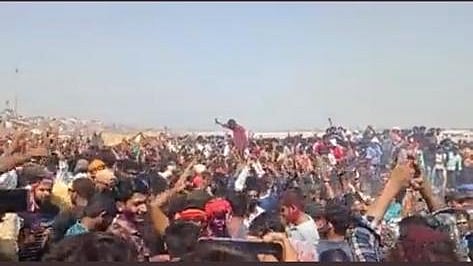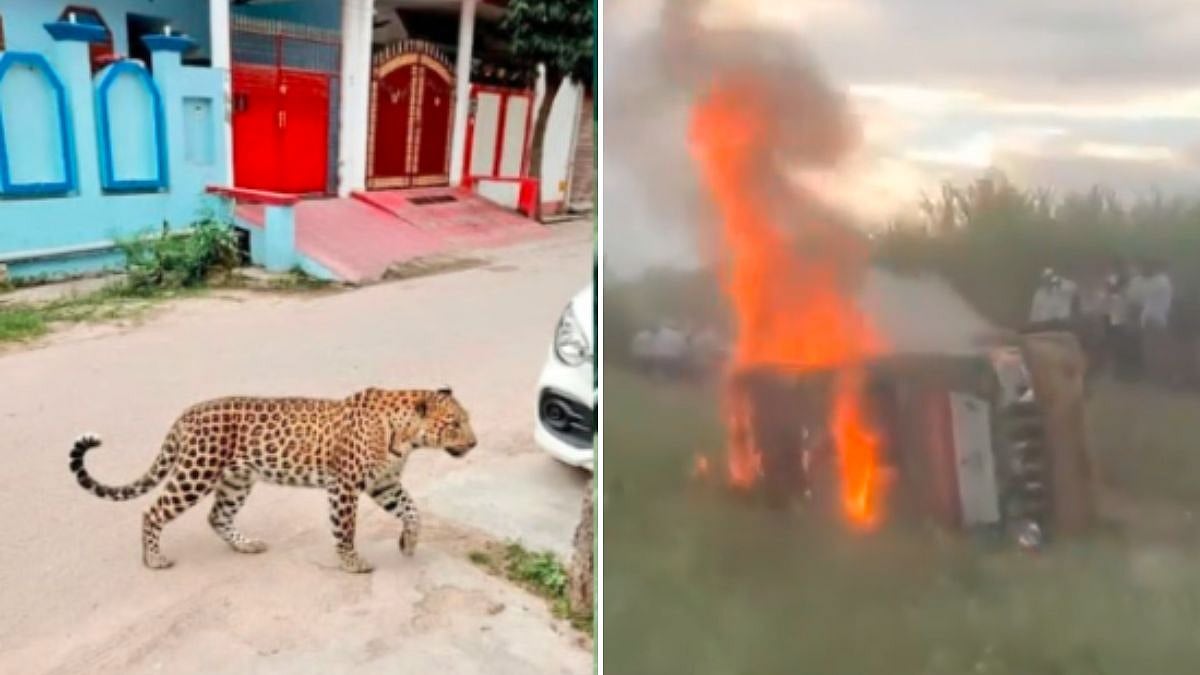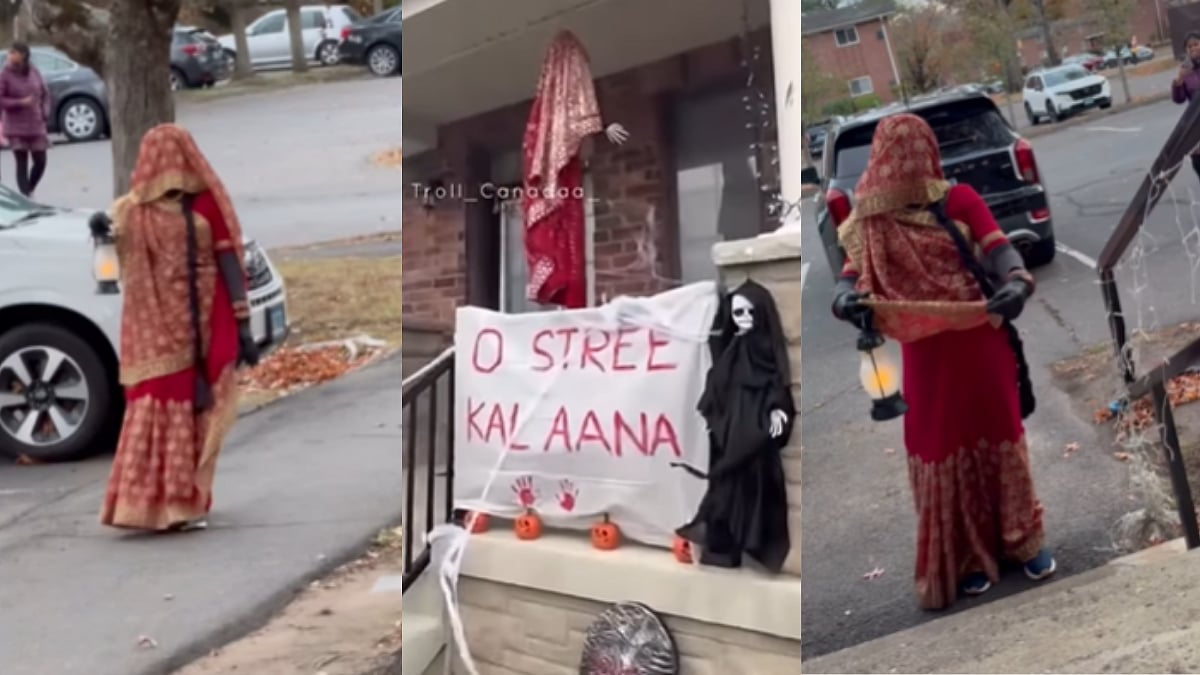Varanasi: The festival of colour Holi is around the corner and Indian states have started the celebrations as per their unique traditions, one among which is the Masan Holi celebrated in the holy city of Varanasi, Uttar Pradesh.
Masan Holi is celebrated with ashes from the pyre on the famous Manikarnika ghat. The ghat is famous since time immemorial for performing last rites. It is also said about the ghat that the deadbodies are burnt on the ghat irrespective of any time of the day and has not once gone cold.
Masan holi
Devotees of Lord Shiva play Holi on the ghats with the ashes of pyres. With the echo of Damru, Shiva devotees perform puja in the Masan Nath temple located at the Manikarnika Ghat and offer ashes to lord shiva. Later everyone plays Holi by applying ashes to each other.
A video of the Masan holi 2023 has now emerged on social media. In the video thousands of people can be seen flocking the ghats and dancing to the beats of a song. Some people are covered in colours and as the tempo of the music increases their dance gets more energetic. Although one cannot spot people covered in ashes as tradition narrates. The Masan Holi in Varanasi was celebrated on Friday.
Watch video here:
Story of holi with ashes
'Bhasma' or ash is said to be very dear to Lord Shiva. It is believed that on the second day of Rangbharni Ekadashi, Lord Shiva, along with all his 'ganas' (his troop comprising Nandi bael and other) come to Manikarnika Ghat to bless the devotees, and plays Holi with bhasma in the form of Gulal Swarup.
People believe that on the day of Rangbharni Ekadashi, Lord Shiva brought Mother Parvati to his abode after getting married and they played Holi with all the other gods and goddesses. Lord Shiva's beloved ghosts, vampires, nocturnal, and invisible powers were not included in this celebration due to which Lord Shiva comes to Masan Ghat the next day to play Holi with them, a Times now report stated.
Manikarnika Ghat
Raja Man Singh of Jaipur built the Masan Temple at the Manikarnika Ghat on the banks of the river Ganges in the 16th century. Significantly, about 100 dead bodies are cremated every day at Manikarnika Ghat.










